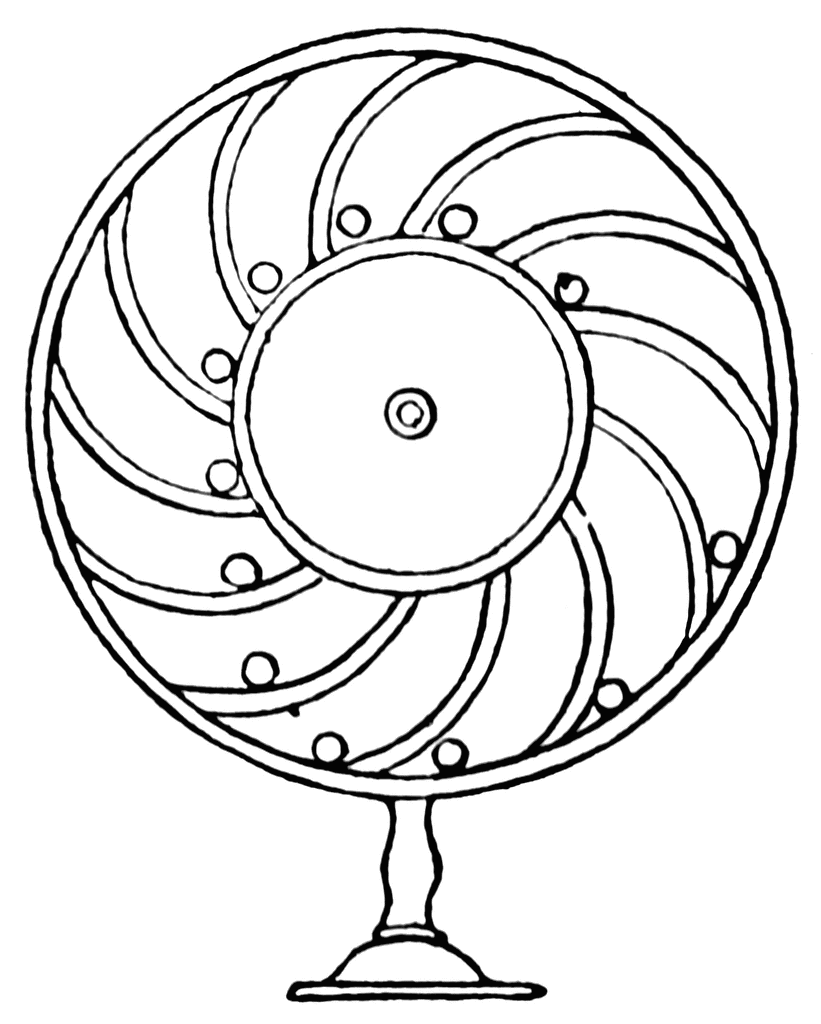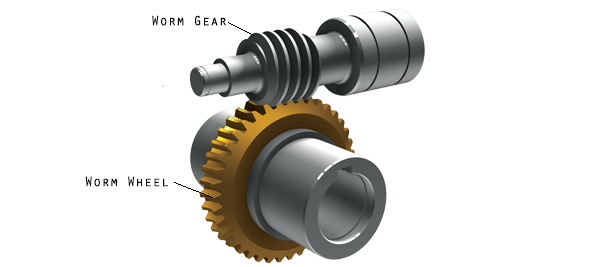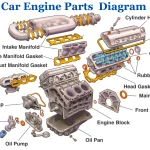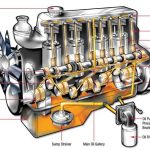A cam mechanism is a rotating or sliding piece in a mechanical #linkage used especially in transforming rotary motion into linear motion or vice versa. It is often a part of a rotating wheel (e.g. an eccentric wheel) or shaft (e.g. a cylinder with an irregular shape) that strikes a lever at one or more points on its circular path

A cam #mechanism has three parts: cam, slide and follower. The cam #shaft rotates continually, turning the cam. The follower is a rod that rests on the edge of the turning cam
The follower is free to move up and down, but is prevented from moving from side to side by a slide or guide, so the follower can only do three things:
- Rise (move up)
- Fall (move down) or
- Dwell (remain stationary)
The follower’s pattern of movement depends on the profile or outside edge of the #cam that it follows. If the cam is perfectly round and the fixed shaft is in the centre of the cam, the follower will dwell. But if the #cam is a different shape, and/or the shaft is not central, the follower will rise or fall. How often and how quickly the follower moves is determined by the shape of the cam and the position of the shaft





